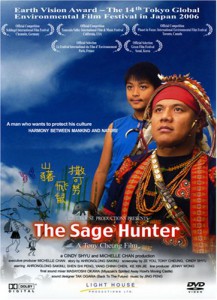[The following is an invited post by Jay Ruby. Jay has been exploring the relationship between cultures and pictures for the over forty years. His research interests revolve around the application of anthropological insights to the production and comprehension of photographs, film, and television. For the past three decades, he has conducted ethnographic studies of pictorial communication among several U.S. communities.]
I first became interested in documentary and ethnographic film in the 1960s and was a witness to a profound technological change motivated by the need some filmmakers had to create a new cinematic form. It occurred in two places almost simultaneously – France and the U.S. Filmmakers wanted lightweight 16mm cameras with sync sound that needed no lighting and would need only a small crew for location shoots. In 1960, Drew Associates – Bob Drew, Albert Maysles, and D.A. Pennybaker jerry-rigged a fairly lightweight 16mm camera attached to a synced tape recorder and made the first American Direct Cinema film, Primary. (Dave Saunders, Direct Cinema: Observational Documentary and the Politics of the Sixties, London, Wallflower Press 2007) With its grainy, wobbly sometimes out of focus images and often-garbled sound, the film radically altered how some U.S documentarians made movies. While an interest in observational style films was relatively short among U.S. documentarians, some European anthrofilmmakers still consider it the best way to make films (See Anna Grinshaw and Amanda Ravetz’s 2009 Observational Cinema: Film and the Exploration of Social Film, Indiana University Press).





